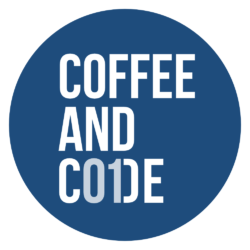Focusing on building your minimum viable product (MVP), especially when your founders don’t have all the technical skills, is an exciting but challenging time for any startup.
From your dreaming, preparing businesses plans, and pitching, you have a pretty solid idea of what your MVP will be. It’s important to maintain that as a point of reference, but part of the world of software development is knowing that will change as you get more feedback about your product, its fit in the marketplace, and involve more people. Keeping that in mind you need to consider how you maintain a development environment which is flexible to your changing needs. The last thing you want is your application to be a black box of unfamiliar, inflexible, or proprietary tech. You know you need to work with outside vendors to build your app, but don’t let them dictate to you how your MVP will be built, and certainly don’t let them put you in a situation where you are locked in for later phases of the application.
A great way to make sure that flexibility is being maintained is to request that work on your MVP be completed in small deliverable pieces. Instead of building the entire app, you could focus on a user’s dashboard view first – even just putting in static data to start. This opens the possibility of testing the waters with multiple vendors. You can evaluate how you work together, their output, and real costs far better than just reading some pitches and looking at estimate numbers. It’s a great way to figure out who is really going to be a good fit as a technical partner.
Image c/o http://www.jopwell.com



